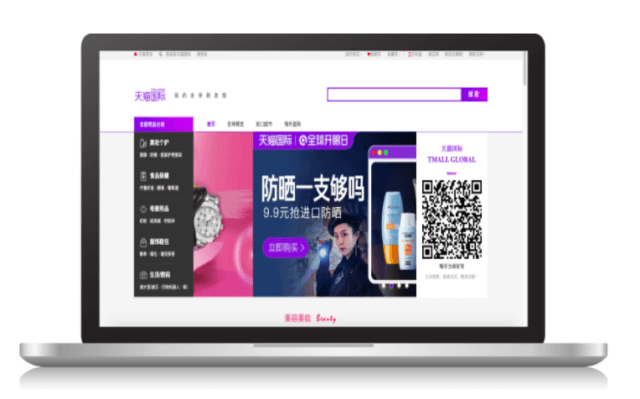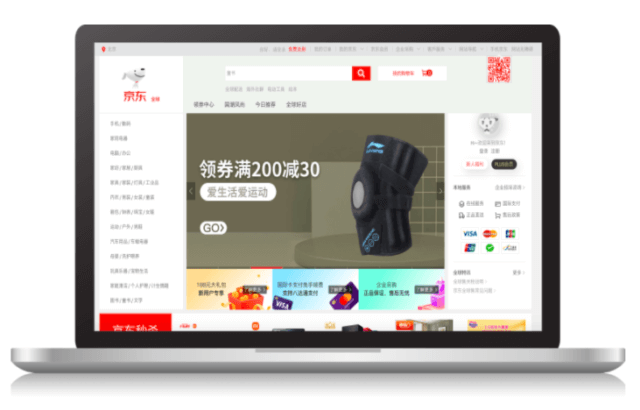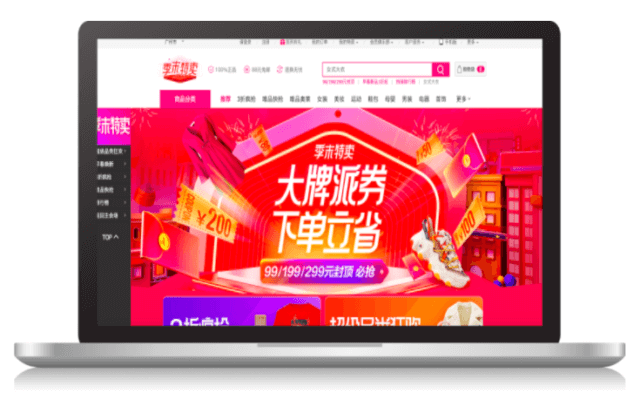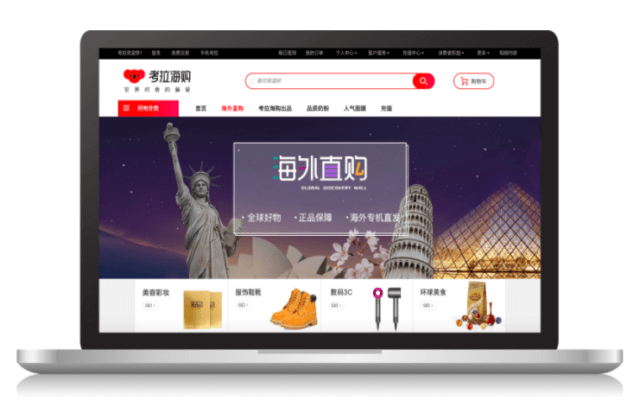Nowadays, the world of cross-border e-commerce platforms in China is more open than ever to foreign brands that want to sell Beyond the Wall. Thanks to more precise guidelines compared to the ones in the past and a steady growth in the size of the industry, over the past few years Chinese cross-border e-commerce has indeed entered its period of maturity. However, it should not be forgotten that China had already started setting up a cross-border trade system back in 2015 in Hangzhou, Zhejiang Province, with the intention of increasing the digitalization of its trade channels.
>> READ ALSO: INVESTING IN CHINA: THE 4 GOLDEN RULES FOR TMALL
Numbers and trends of cross-border
So, in order to sell in China, a company needs a platform, also known as a marketplace, to rely on to set up its online “store.” Although cases of independent e-commerce sites run by the companies themselves are not excluded, more than half of the online market is still held by marketplaces. These remain the main way for foreign brands to sell their products in China. While this turns out to be a very competitive way for foreign brands to sell in China, there has been a tremendous growth in recent years. In spite of the impact of the COVID-19 pandemic on global economic development in the past two years, big gains have been shown in cross-border e-commerce in China. In fact, it is precisely because of the pandemic that this trend has been accelerated.
The revenue volume of cross-border e-commerce platforms in China has increased tenfold in the past five years. In 2020, cross-border e-commerce in China recorded a 20% year-on-year increase. And in 2021 alone, China’s cross-border e-commerce imports and exports increased by 15% year-on-year, up to RMB 1.98 trillion, with related pilot zones playing a significant role in stimulating the growth. The trend thus demonstrates a strong ability to increase year on year. But other data also speak in favor of cross-border e-commerce in China. Thanks to the increase of active Internet users, it has been shown that Chinese consumers naturally rely on e-commerce platforms in China to purchase the products of foreign luxury brands.
Chinese consumers, especially Millannials and Gen Zers, increasingly desire exclusive luxury goods. High quality usually refers to imported goods, which adds the luxury touch to an item. The most popular categories of foreign products are:
– Cosmetics & beauty products
– Baby products
– Food & beverages
– Fashion & jewelry (luxury brands)
The benefits of cross-border e-commerce in China
Recently, the Chinese government has made a major effort to simplify the processes governing cross-border e-commerce by setting up easier procedures to follow. As a result, online sales through this channel have increased. A very useful practice is to rely on Chinese customs to speed up the processes. These, in fact, are particularly attractive because of their low cost, convenience, and the reduction in tax costs related to cross-border sales. Over the years, actual pilot zones have been established: here, the government provides a variety of trade services ranging from logistics, payments, legal compliance, taxation and customs clearance to facilitate cross-border e-commerce activities for businesses. To date, there are 132 pilot zones located throughout China, from central industrial zones to coastal areas.
Features of cross-border e-commerce in China
By implementing a cross-border e-commerce strategy, the product is not stored in China, but is located outside the country’s borders. It can be sold to local consumers using specific dedicated platforms, such as Tmall Global and JD Worldwide. Thus, the plus points of this choice are that there is no need for a physical or legal presence of the company in China and on-site stocks are not necessary. In contrast, the downsides relate to longer shipping times and less efficient handling of returns compared to domestic marketplaces.
On the other hand, if a domestic e-commerce strategy is implemented, the product must already be in China. The company must therefore have a warehouse and a whole series of permits, licenses and legal entities in place to have a presence there. Pros include faster shipping times and more efficient returns management. In this case, the most suitable platform for online sales is definitely Tmall.com.
Cross-border platforms in China for 2022
How should foreign brands choose the most suitable marketplaces for them? To answer this question, here is a ranking of the best cross-border e-commerce platforms in China in 2022.
1. Tmall Global: Tmall Global is the cross-border B2C platform of Alibaba Group, one of the leaders in international e-commerce. It stands as the largest cross-border marketplace for foreign brands. Products put on offer on the platform are stocked in Chinese free trade zones or directly in the company’s home country. In this way, Tmall Global positions itself as a marketplace that offers the best foreign brands with high-quality products. Its purpose is to meet the needs of Chinese consumers by leveraging their high spending potential. So, this is what customers expect from Tmall Global: quick and direct access to foreign brands and their catalogs.

2. JD Worldwide: Launched in 2015, JD Worldwide is the second largest B2C marketplace in China. Since JD’s main stakeholder is Tencent (parent company of platforms such as WeChat and QQ), products offered by JD are displayed on WeChat and can be purchased directly from WeChat Pay. JD Worldwide hosts 20,000 different brands, divided in categories which range from nutrition and health care to home appliances and car-related items. Additionally, it is divided into multiple national and regional “pavilions.”

3. VIP International: VIP International is the third largest cross-border e-commerce in China. Launched in 2014, it specializes in online sales of discounted products. Recently, however, there have been several signs that this cross-border e-commerce is losing its priority position. In fact, it appears that the link to the cross-border section is no longer present on the local VIP.com marketplace.

4. Xiaohongshu: Founded in 2013 as an App based on product reviews by users. Today, it has transformed into what can be called a “Chinese Instagram,” thanks to the showcasing of products through photos or videos. While it did not start out as a true marketplace, Xiaohongshu has enabled e-commerce functionality, becoming one of the leading entities for social commerce in China. Its cross-border “arm” is called RED Mall. There, it is possible to sell international products directly to Chinese users, with a special focus on fashion and cosmetics categories. Purchasing is done directly from the profiles of foreign brands by clicking the tag of the products displayed in the account’s posts.

5. Kaola: Originally founded by NetEase, Kaola’s initial purpose was to allow users to buy and sell foreign products themselves. However, Kaola later allowed sellers to set up real online stores, becoming an actual cross-border e-commerce. In 2019, Alibaba (owner of Tamll and Tmall Global) purchased Kaola for $2 billion, making it an asset in its e-commerce ecosystem. So today, Kaola is a “sibling” platform of Tmall Global.

>> READ ALSO: 10 PLATFORMS TO SELL YOUR PRODUCTS IN CHINA
In conclusion, we can confirm that the growth of cross-border e-commerce in China is set to continue in the near future and bring new business opportunities for foreign companies. This is mainly thanks to the many advantages recently proposed by the Chinese government to help all international brands that want to sell their products in China. Therefore, all that remains is to approach the digital landscape, find out which are the main platforms available and choose the most suitable one for your company!





